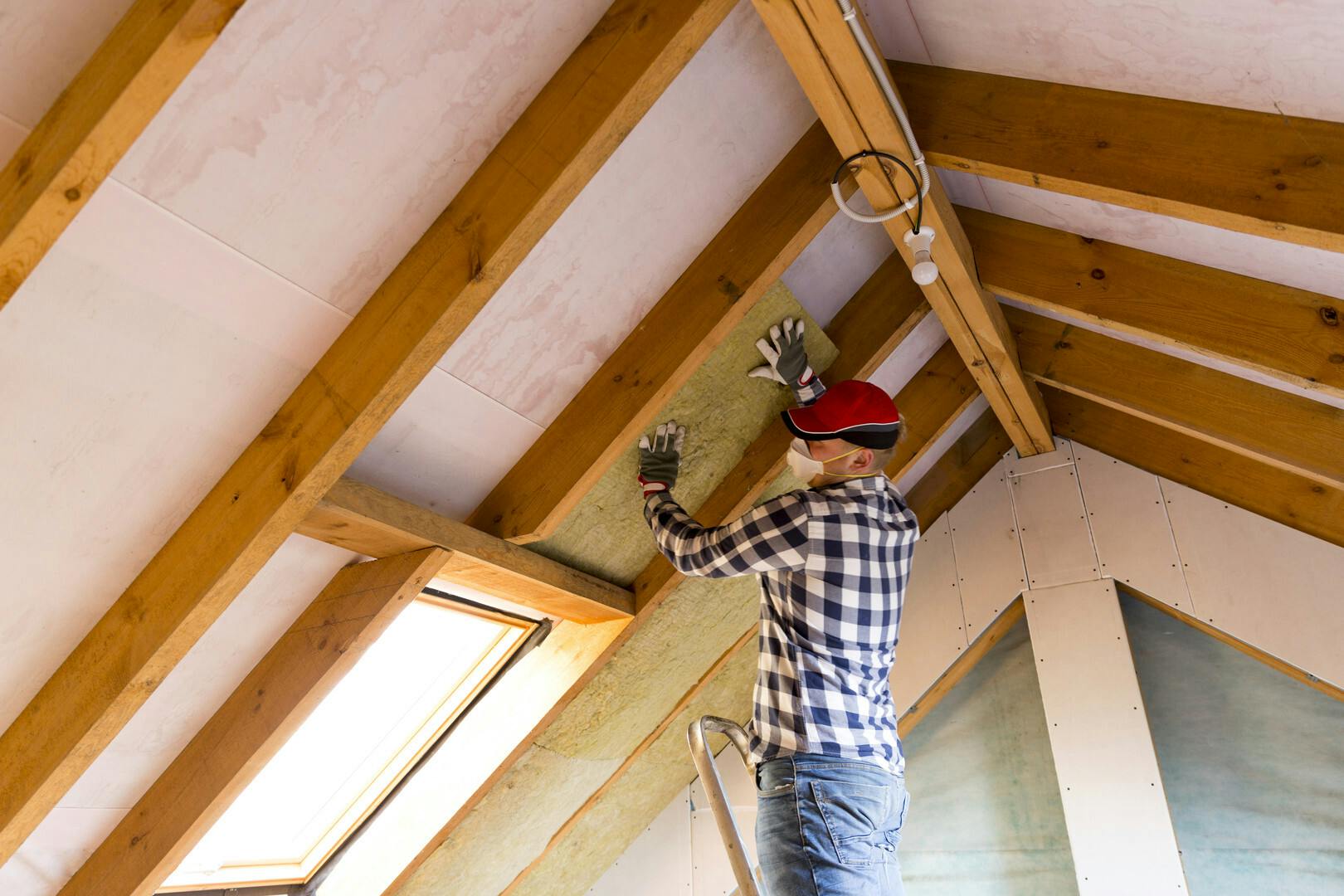Why do we need rafter insulation?
Rafter insulation helps enhance the energy efficiency of a building.
When a pitched roof space is created, occupants of loft living spaces are often exposed to higher levels of external noise too, such as street and air traffic. This means that treating the roof acoustically can be just as important.
With effective insulation, a roof area can become a comfortable living space. This can be installed in three main ways and often a mixture of the methods is required to complete a project.
Insulation in between rafters
Insulation slabs and rolls can be used between the rafters, and are often combined with under and over the rafter insulation for optimal performance.
Insulation between the rafters is commonly placed in between the wooden beams to allow for more headroom. Insulation on the inside or outside is added to further improve thermal, fire or acoustic requirements.
Insulation under rafters
Insulation under rafters is placed between battens. Under the rafter insulation is often a few centimetres of insulation, in addition to the insulation that is placed between the rafters.
Insulation above the rafters
To keep the attic space as large as possible, especially when used for living, over the rafter insulation is often applied.
High density boards are mounted onto the roof construction adding extra thermal performance and aiding fire and acoustic performance. It also services as the working layer to mount the external finish like roof tiles.
ROCKWOOL stone wool insulation contributes to both heat and sound performance. It also helps to:
- Prevent heat loss
- Improve energy efficiency overall
- Increase fire safety











